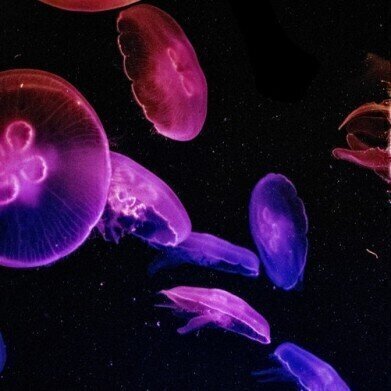Bioanalytical
What's Behind Africa's Glowing Pink Springhares? - Chromatography Investigates
Apr 23 2021
There are many remarkable sights in nature. The hexagonal columns of Giant’s Causeway in Northern Ireland, the migration of millions of Wildebeest in Tanzania and Kenya, or the amazing shape of the Dragon’s Blood tree only found on the Socotra archipelago in the Yemen – nature has a way of astounding us.
One of the strangest characteristics found in nature is the ability of some animals to literally glow. Fireflies, glow-worms and even algae turning the sea a glowing blue or green colour are relatively well-known. But a recent paper in Nature’s Scientific Reports records the phenomenon of biofluorescence in mammals. Chromatography helped take a look at what’s behind the glowing springhares.
Biofluorescence in many families
Glowing lights are not limited to glow worms and fireflies. Fish, reptiles, and birds have all been observed glowing. Several years ago, museum workers found out by chance that some mammals – flying squirrels, marsupial opossums, and duck-billed platypus - also glowed. The three species appear to have evolved the trait separately in different families and on different continents.
The technical term is biofluorescence. This describes a process where the animal’s tissues absorb short-wavelength, high energy light particles or waves. The tissue absorbs some of the energy and sends out a particle or wave at a lower energy or longer wavelength. So relatively short wavelengths like UV or blue light are incident and are then emitted at longer red or orange wavelengths.
Researchers in the US have now documented biofluorescence in an Old-World mammal for the first time - Vivid biofluorescence discovered in the nocturnal Springhare (Pedetidae). Like other biofluorescent mammals, springhares are nocturnal. The biofluorescence was found when the researchers were investigating the phenomenon in squirrels and happened to check in another drawer where the squirrels closest living relative's springhares were stored.
Springhares glowing in the dark
To discover more about the pink glow, the researchers extracted the bioluminescent compounds from the springhare’s hair samples using thin layer chromatography. The team then used high-performance liquid chromatography to identify the compounds responsible for biofluorescence. The use of liquid chromatography is discussed in the article, Considerations for Sample Injection in High-Throughput Liquid Chromatography.
The team identified compounds known as porphyrin as responsible for the biofluorescence and the intense colour of the animals. Porphyrins are ring structures that can readily absorb light exciting the electrons in the ring structure double bonds and releasing it as bright colours as the electrons lose energy.
They have also demonstrated that live captive animals also exhibit bioluminescence, with live animals exhibiting brighter colours than dead museum specimens. Why do the springhares exhibit biofluorescence? Nobody yet knows. Like other biofluorescent animals they are nocturnal. So, perhaps bioluminescence is important for nocturnal-crepuscular mammals.
Events
Mar 25 2025 Paris, France
Mar 31 2025 Beijing, China
Apr 02 2025 Saigon, Vietnam
Apr 22 2025 Kintex, South Korea
Analytica Anacon India & IndiaLabExpo
Apr 23 2025 Mumbai, India















